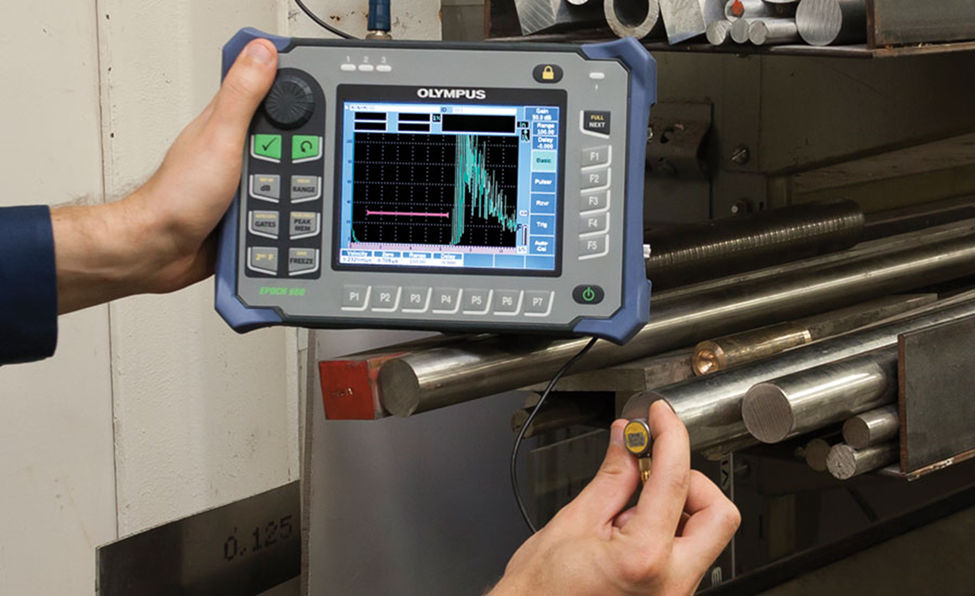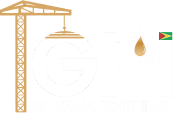Ultrasonic Testing (UT) and Gauging
This technique is crucial for ensuring the safety and reliability of the vessel, as it can identify potential issues that may not be visible to the naked eye. Here is a description of ultrasonic testing in our shipyard:


Equipment and Procedure
Ultrasonic testing involves using specialized ultrasonic testing equipment. Our trained technician operates a handheld probe that emits ultrasonic waves into the material being tested. The probe also acts as a receiver, detecting the echoes produced by sound waves bouncing back from the material's internal features.

Material Inspection
Ultrasonic testing is commonly used to inspect the hull, decks, bulkheads, and critical structural components of the ship. It is particularly valuable for assessing the thickness of metal plates and detecting corrosion, cracks, and other defects that could compromise the vessel's structural integrity.

Weld Inspection
Welds in ship construction are critical joints that connect various parts of the vessel. Ultrasonic testing is employed to assess the quality and integrity of these welds, ensuring they meet industry standards and are free from defects such as porosity, lack of fusion, or cracks.

Defect Detection
When ultrasonic waves encounter internal flaws or changes in material properties, they reflect back to the probe, producing indications on the testing equipment. Our skilled technicians interpret these indications to determine the size, location, and type of defects present in the material.

Thickness Gauging
Ultrasonic testing is utilized for accurate thickness gauging of metal plates and structures. Measuring the thickness is essential to determine whether the materials meet design specifications and to monitor potential wear and corrosion.

Corrosion Mapping
Ultrasonic testing can create a corrosion map of the ship's structure, allowing technicians to identify areas prone to corrosion and prioritize maintenance efforts accordingly.

Calibration and Accuracy
Proper calibration of ultrasonic testing equipment is crucial to ensure accurate results. Our technicians calibrate the equipment based on the material being tested and the type of defect they expect to find.

Data Analysis and Reporting
Ultrasonic testing generates data that requires careful analysis and interpretation by our experienced technicians. The results are compiled into a comprehensive report detailing the findings, including the location and severity of defects and any recommendations for repairs or further inspections.

Periodic Inspections
Ultrasonic testing is often part of routine maintenance and periodic inspections of ships. Regular inspections help identify and address potential issues early, preventing major failures and ensuring the ship's continued seaworthiness.

Compliance and Certification
Ultrasonic testing in our shipyard is crucial for ensuring compliance with industry standards, classification society requirements, and maritime regulations. Ships that undergo thorough ultrasonic testing and meet the necessary standards receive certification for safe and reliable operation.
